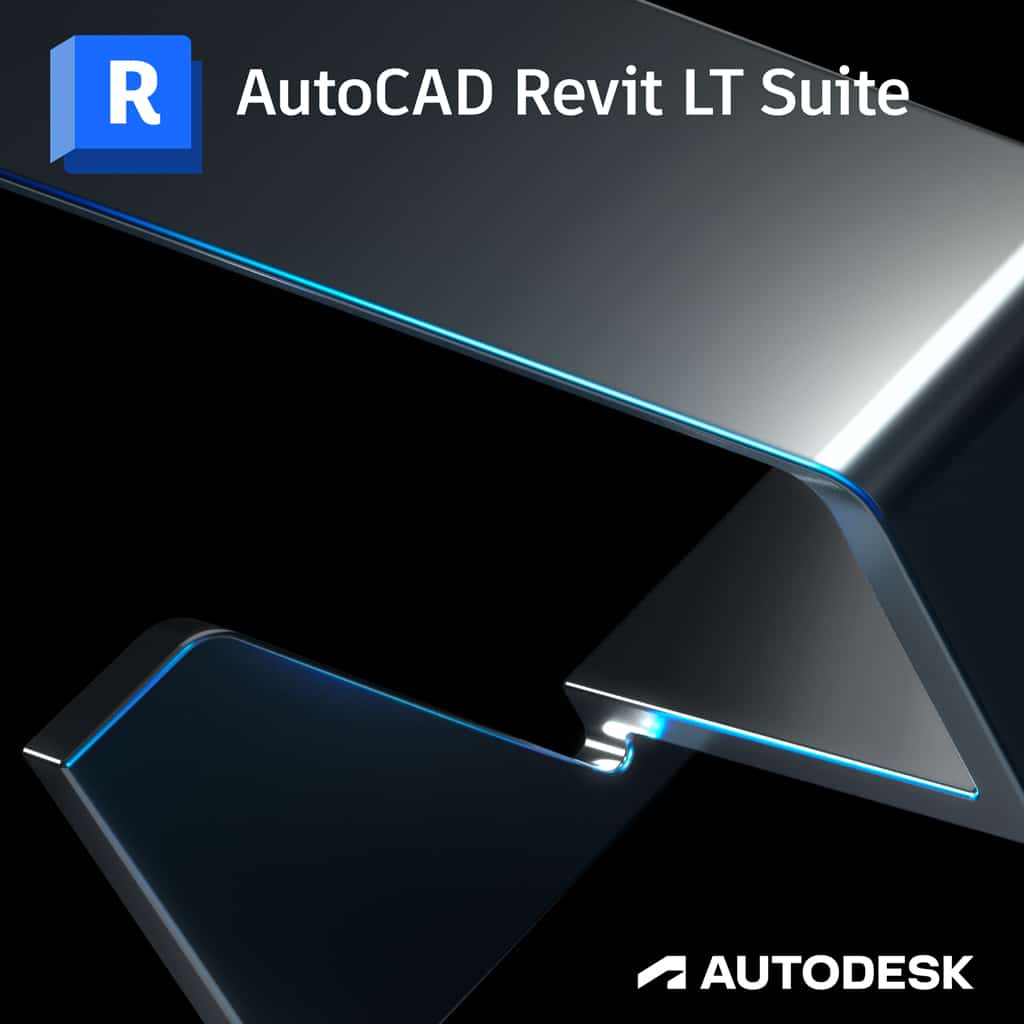

Revit is a more robust version of the lighter version, Revit LT. Unlike Revit, Revit LT only supports less advanced modelling. While Revit includes features for architectural design, MEP, structural engineering, and construction, Revit LT was derived from Revit software as a stepping stone for smaller architectural design firms looking to move towards a BIM workflow. Revit LT (or Revit Lite), as the name suggests, is a more cost-effective, streamlined BIM software for architecture professionals and studios - a slightly lower version of the full-scale version of Revit. To understand the difference between AutoCAD and SketchUp, check out: Revit Vs SketchUp: Which Software is Better & Why? (2022) Revit LT If you’re new to Revit, Oneistox offers a one-of-a-kind BIM Professional Course that features a specialised career-relevant curriculum designed and delivered by BIM experts from leading firms. Revit software includes additional features and functionality such as work sharing, analysis, and in-product rendering. It also has an extended cloud functionality for rendering and analysis. There is no API (Application Programming Interface)ĭeveloped by Autodesk in 2000, Revit software helps architecture, engineering, and construction (AEC) teams create high-quality buildings and infrastructure. The process for importing point clouds into Revit is simple and user friendly.

None of the analysis tools are available.

Multiple users can work in the same Revit model at the same time.Īrea analysis, Route analysis, MEP systems analysis, Energy Optimization for Revit, Lighting Analysis with Autodesk Rendering, Solar analysis, Sun and shadow studies, and Structural analysis available. Not suitable for structural, mechanical, electrical, or piping engineers. Simplified 3D BIM tool for producing 3D architectural designs and documentation. Revit software helps architecture, engineering, and construction (AEC) teams create high-quality buildings and infrastructure.


 0 kommentar(er)
0 kommentar(er)
